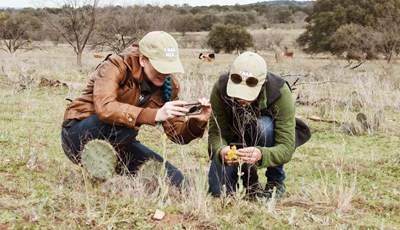Private Land Stewardship and Plants
I often find new landowners wondering what plants they have on their property and what purpose they serve. As a participant in Private Land Stewardship, taking inventory of soils and the plants that sustain wildlife and livestock is an exciting and important step, as daunting as it might be. If landowners are interested in managing their property for wildlife, it is important that they become familiar with the plant species that are present and how they are arranged, as this determines the types of habitat available. Generally speaking, there are 3 broad categories of plants – woody (trees), forbs (wildflowers) and grasses. Some of these may be crucial to wildlife for food, shelter or reproduction, while others may have limited utility or even detrimental effects. There is a lot to know to become an effective manager of plants on your property, so where do you start? As a wildlife professional, here are some “go to” resources that I often use which are a great way to jumpstart your plant inventory: AgriLife Extension book Know Your Grasses, the Texas A&M AgriLife Herbarium, the Noble Plant Image Gallery, and the Range Plants of North Central Texas.
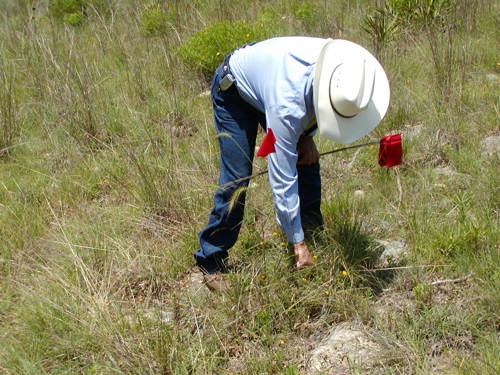
Becoming familiar with the plants found on your property is an essential part of good land stewardship. Photo by Jim Cathey.
When seeking advice to manage plants, good groups to know include: Texas A&M AgriLife Extension Service, Texas A&M Forest Service, Texas Parks and Wildlife and Natural Resources Conservation Service. Each agency has staff who interact with landowners to hone management goals and offer science-based information to help achieve them.
Once you have become familiar with the plants on your property and how they respond to different management practices, e.g. prescribed fire, mowing, grazing, herbicide use, etc., a good resource to examine is the NRCS Ecologic Site Descriptions for your property. The description will include: site characteristics, plant communities, site interpretations, and other supporting information which can help you tailor your management plan to the plants adapted to living in that location. This useful tool includes reference pictures to evaluate the current state of plants on your property, as well as instructions on how to transition the plant community to a more desirable state.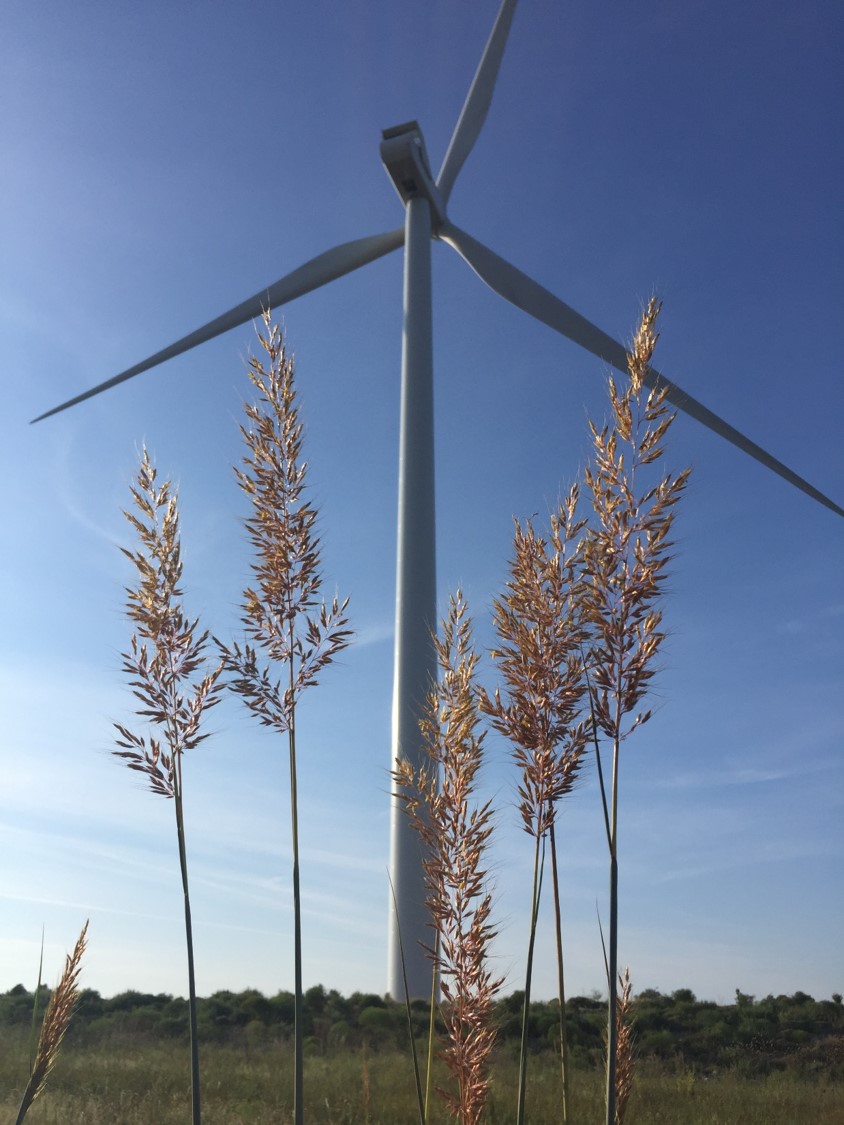
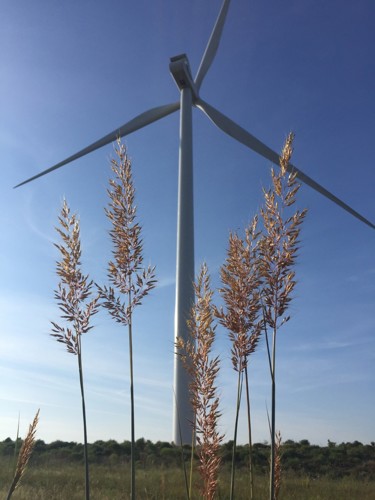
Yellow Indiangrass is an important tall grass prairie plant that is excellent for livestock and wildlife. Photo by Brian Hays.
If you are concerned with grazing livestock on your property, familiarity with your plant community is especially critical. The plant species that are present help determine the type of livestock (cow, sheep, goat or a mixture) that you can graze most effectively. If grazing is your primary objective, then knowing your plants and how they grow will also be essential information for setting a stocking rate and developing a grazing plan. Here are several other resources to assist with stocking rate calculations:
AgriLife Extension’s smartphone app; stocking rate calculator
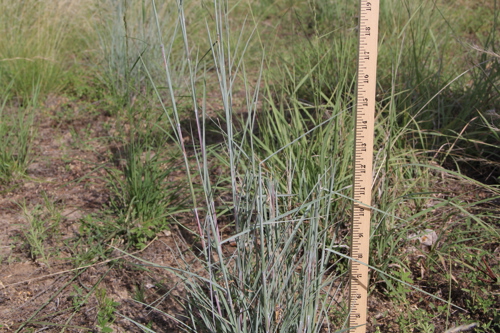
You should monitor the height of bunch grasses like little bluestem following grazing by livestock. Photo by Jim Cathey.
It is important to keep in mind that the plants currently found on your property are the result of past management practices. Once you are familiar with your plant community, you will be able to determine what future management practices will maintain or shift the community to a more desirable state. Ultimately, good land stewardship practices will lead to a diverse plant community that provides forage for livestock, creates wildlife habitat, and protects the soil.



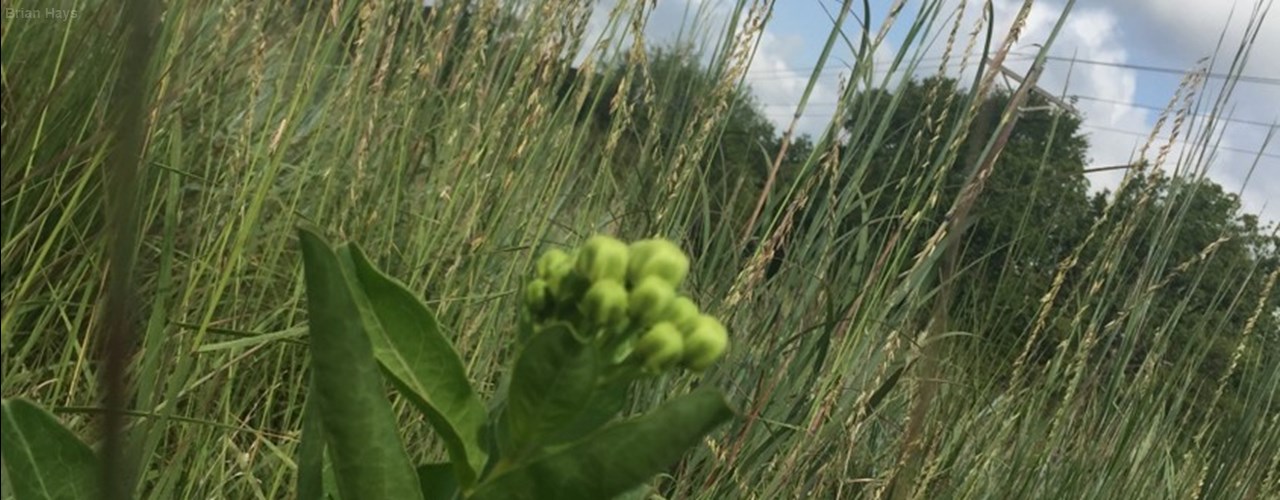 Antelope-horn milkweed and side oats grama
Antelope-horn milkweed and side oats grama

